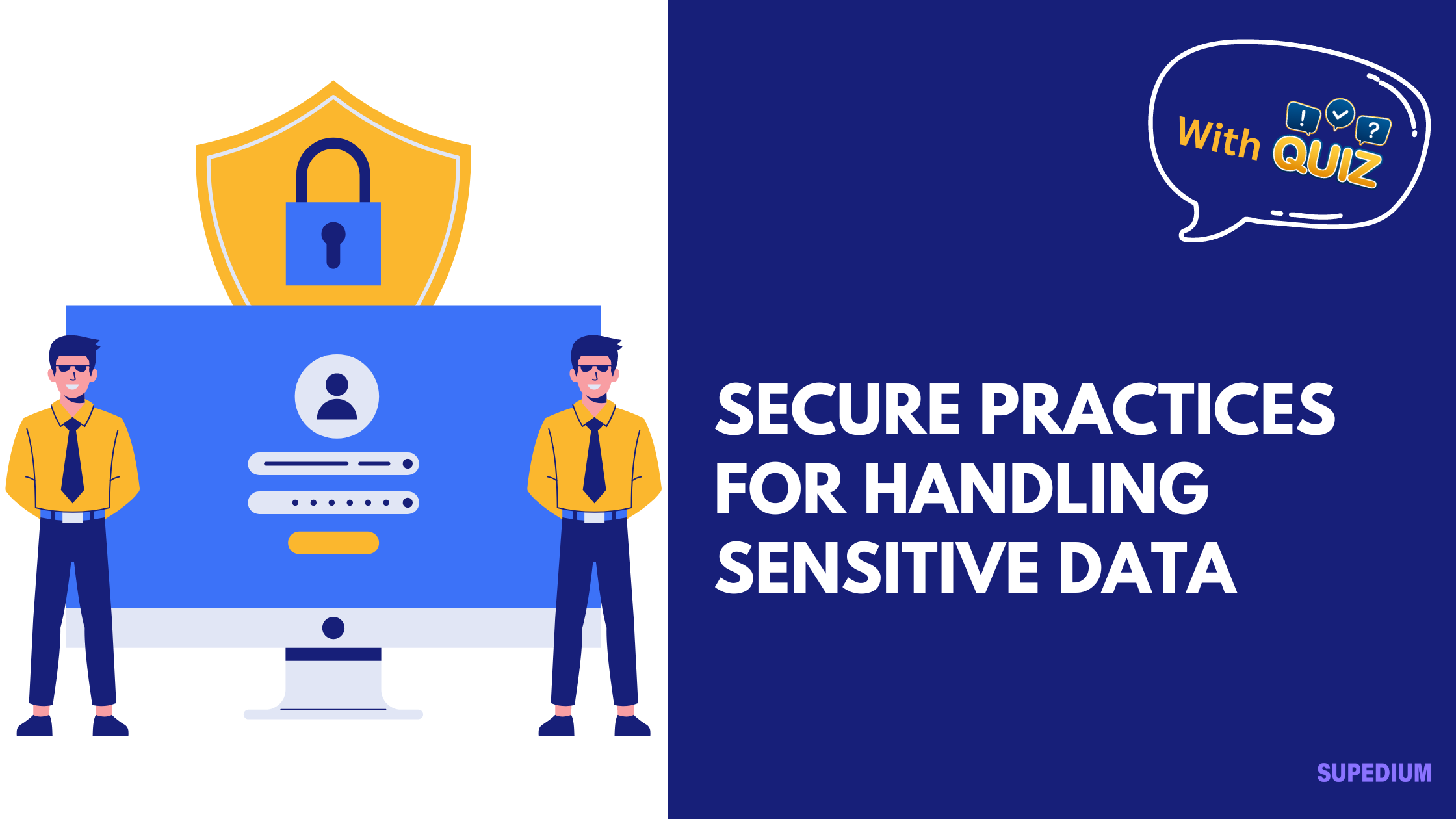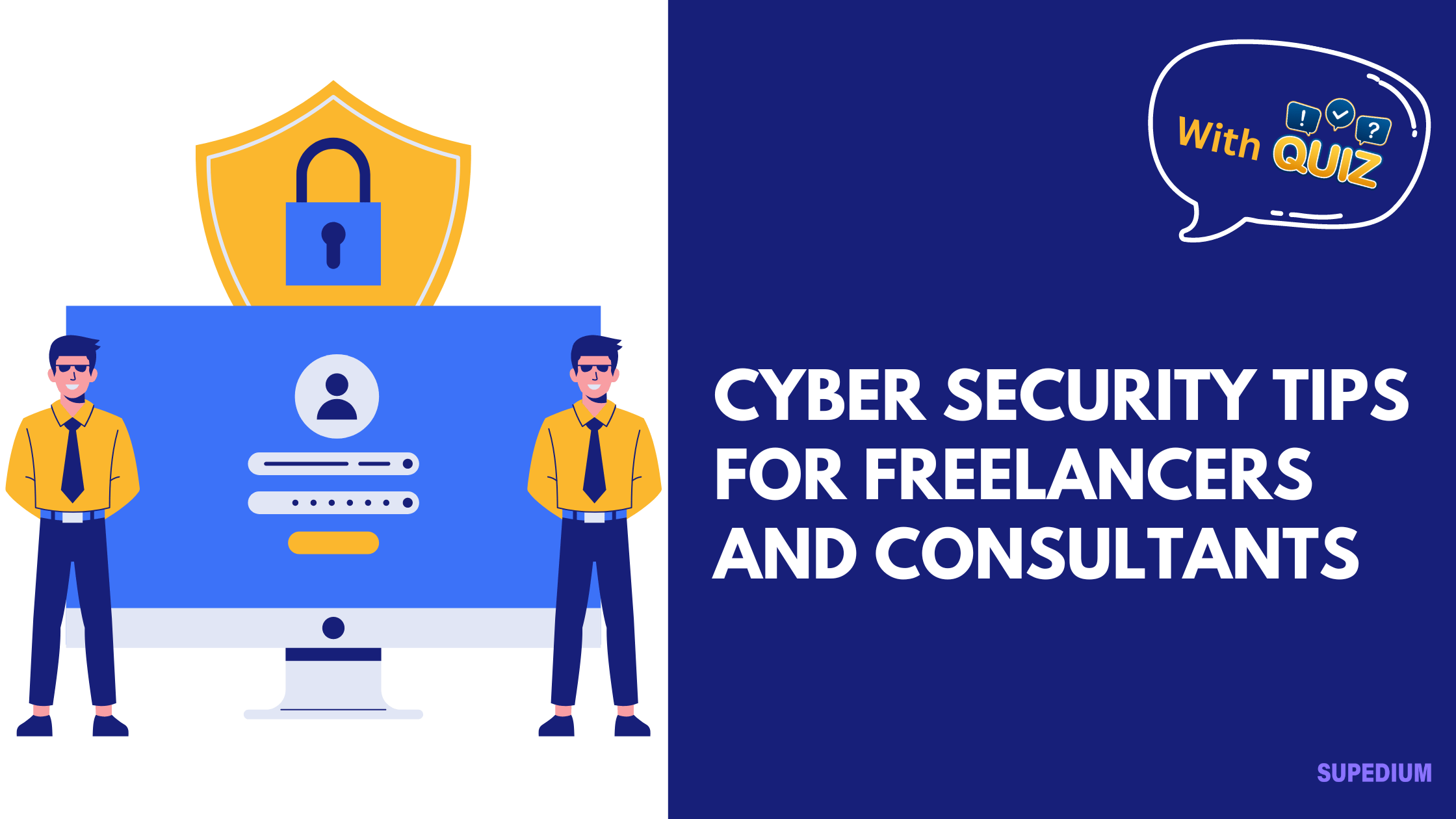Table of Contents
![]()
I. Introduction
Definition of Sensitive Data
Sensitive data encompasses various types of information that require protection due to their potential to cause harm if disclosed, altered, or destroyed. This includes:
- Personal Identifiable Information (PII): Data that can be used to identify an individual, such as names, addresses, Social Security numbers, and birthdates.
- Financial Information: Details related to financial transactions or accounts, including credit card numbers, bank account details, and investment records.
- Health Information: Medical records, health insurance details, and other personal health information protected under regulations like HIPAA (Health Insurance Portability and Accountability Act).
- Confidential Business Information: Proprietary data such as trade secrets, business strategies, client lists, and intellectual property.
Importance of Secure Handling
Handling sensitive data securely is crucial due to the following reasons:
- Risk of Data Breaches: Unauthorized access or leaks can lead to significant financial and reputational damage.
- Legal and Regulatory Compliance: Many jurisdictions have strict regulations governing data protection, such as GDPR (General Data Protection Regulation) and HIPAA.
- Protection of Privacy and Trust: Ensuring data security helps maintain the trust of clients, customers, and employees, reinforcing your organization’s reputation.
II. Classification and Assessment
Data Classification
Effective data protection begins with proper classification:
- Identifying Sensitive Data: Recognize which data falls into sensitive categories. This might involve data discovery tools or manual reviews.
- Categorizing Data by Sensitivity: Assign categories based on data sensitivity, such as public, internal, confidential, and restricted.
Risk Assessment
Conducting a thorough risk assessment involves:
- Evaluating Potential Threats: Identify threats like cyber-attacks, insider threats, and accidental exposure.
- Assessing Vulnerabilities: Analyze weaknesses in your current security posture that could be exploited.
- Determining Impact of Data Loss: Understand the potential consequences of data loss, including financial, operational, and reputational impacts.
III. Data Encryption
Encryption Fundamentals
Encryption is a cornerstone of data security:
- Definition and Importance: Encryption transforms readable data into an unreadable format to prevent unauthorized access.
- Types of Encryption:
- Symmetric Encryption: Uses a single key for both encryption and decryption (e.g., AES).
- Asymmetric Encryption: Utilizes a pair of keys—public and private—for encryption and decryption (e.g., RSA).
Encryption Best Practices
- Data at Rest: Encrypt data stored on servers, databases, and backups to protect it from unauthorized access.
- Data in Transit: Secure data transmitted over networks using protocols like TLS (Transport Layer Security) to prevent interception.
- Key Management and Storage: Securely manage and store encryption keys, using hardware security modules (HSMs) or trusted key management systems.
Tools and Technologies
- Encryption Software: Tools like BitLocker, VeraCrypt, and others provide robust encryption solutions.
- Hardware Security Modules (HSMs): Physical devices used to manage and protect encryption keys.
IV. Access Controls
Authentication
Strong authentication methods are critical:
- Strong Password Policies: Enforce complex password requirements and regular changes to prevent unauthorized access.
- Multi-Factor Authentication (MFA): Implement MFA to add an extra layer of security, requiring more than one form of verification.
Authorization
- Role-Based Access Control (RBAC): Assign access permissions based on user roles to ensure individuals only access the data necessary for their job functions.
- Least Privilege Principle: Limit access rights for users to the minimum level required to perform their duties.
Access Management
- Regular Review and Auditing: Periodically review access permissions and conduct audits to ensure compliance with access policies.
- Access Logging and Monitoring: Keep detailed logs of access attempts and monitor for suspicious activity.
V. Data Handling and Storage
Secure Storage Practices
- Use of Encrypted Storage Solutions: Store sensitive data in encrypted formats to protect against unauthorized access.
- Secure Backup Procedures: Regularly back up data using encrypted storage solutions and store backups in secure locations.
Data Disposal
- Secure Deletion Methods: Use secure data deletion tools and techniques to ensure that data is irrecoverable.
- Physical Destruction of Media: Physically destroy storage media that is no longer needed to prevent data recovery.
VI. Secure Data Transmission
Transmission Protocols
- Secure Sockets Layer (SSL) / Transport Layer Security (TLS): Use SSL/TLS protocols to secure data transmitted over the internet.
- Virtual Private Networks (VPNs): Utilize VPNs to create a secure, encrypted connection over public networks.
Secure File Transfer Methods
- Encrypted Email Attachments: Send sensitive documents via email with encryption to protect them during transit.
- Secure File Transfer Protocols (SFTP, SCP): Use secure file transfer methods like SFTP (Secure File Transfer Protocol) or SCP (Secure Copy Protocol) for transferring files securely.
VII. Policies and Procedures
Developing Data Security Policies
- Policy Content and Structure: Create comprehensive data security policies covering data classification, handling, access control, and incident response.
- Policy Communication and Training: Ensure policies are communicated to all employees and that they receive training on compliance and best practices.
Incident Response
- Incident Detection and Reporting: Establish procedures for detecting and reporting security incidents, including data breaches and other anomalies.
- Response and Remediation Procedures: Develop a response plan for addressing incidents and mitigating their impact, including communication strategies and recovery actions.
Compliance and Audits
- Regulatory Requirements: Stay informed about and comply with relevant regulations such as GDPR, HIPAA, and others.
- Regular Audits and Assessments: Conduct regular security audits and assessments to ensure ongoing compliance and identify areas for improvement.
VIII. Employee Training and Awareness
Training Programs
- Security Awareness Training: Provide regular training on security best practices, including recognizing phishing attempts and handling sensitive data securely.
- Specialized Training for Handling Sensitive Data: Offer targeted training for employees who handle sensitive data to ensure they understand specific requirements and procedures.
Ongoing Education
- Regular Updates on Security Best Practices: Keep employees informed about new security threats and best practices through ongoing education.
- Simulated Phishing and Social Engineering Exercises: Conduct exercises to test employees’ ability to recognize and respond to phishing and social engineering attacks.
IX. Emerging Trends and Technologies
Advances in Encryption and Data Protection
- Quantum-Resistant Algorithms: Explore emerging encryption technologies designed to withstand attacks from quantum computers.
- Privacy-Enhancing Technologies: Consider technologies like differential privacy and homomorphic encryption to enhance data protection.
Artificial Intelligence and Machine Learning
- AI for Threat Detection: Utilize AI and machine learning to identify and respond to security threats more effectively.
- Machine Learning for Data Security: Implement machine learning algorithms to analyze patterns and improve data security measures.
X. Conclusion
Summary of Key Practices
Handling sensitive data securely involves a combination of data classification, encryption, access controls, secure storage, and robust policies. Regular training and staying updated on emerging trends are also essential.
The Evolving Nature of Data Security
Data security is a continuously evolving field. Organizations must remain vigilant and adapt to new threats and technologies to protect sensitive data effectively.
The Importance of Continuous Improvement
Commit to ongoing improvement in data security practices. Regularly review and update security measures to address new challenges and ensure the protection of sensitive information.






Be the first to comment